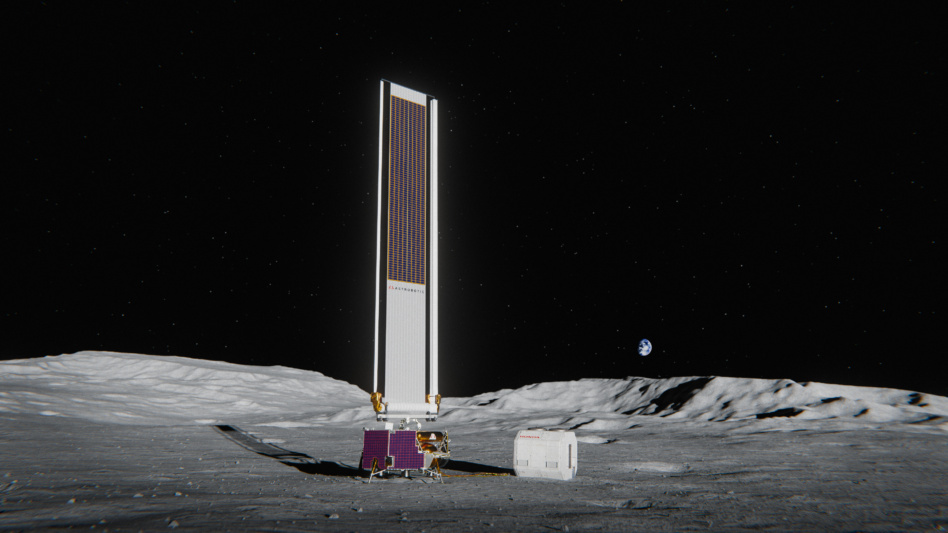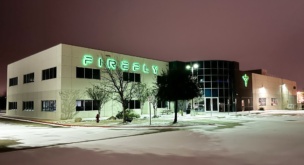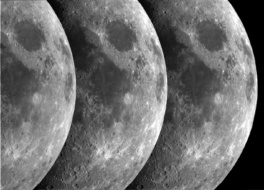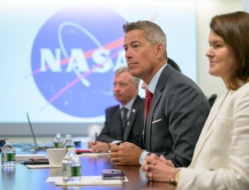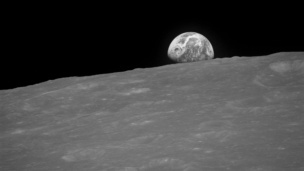Future missions to the Moon are going to need power. A lot of it.
A new partnership between Astrobotic Technology and American Honda Motor Co., a US subsidiary of the Japanese automaker, will study how integrating the two companies’ power generation and storage technologies can support the extensive power needs of long-duration astronaut missions on the Moon.
Little of this, little of that: Honda and Astrobotic plan to conduct a feasibility study. The work will determine how Honda’s regenerative fuel cells (RFC) could work together with Astrobotic’s LunaGrid power system and vertical solar array technology (VSAT) to provide astronauts with continuous power, even during long stretches of lunar night.
While the tech is complex, the order of operations is relatively simple:
- Honda’s RFC is a type of circulative renewable energy system, designed to continuously convert solar energy and water into oxygen, hydrogen, and electricity.
- Astrobotic’s scalable VSAT solar energy capture system—capable of generating 10 kW of power, or 50 kW in the extra-large version (VSAT-XL)—will power Honda’s RFC system during the day to store as much hydrogen as possible. During the night, RFC will convert the stored hydrogen into electricity. The byproduct of the RFC (water) will then be recycled back into the system, closing the loop.
The idea is not only for the two technologies to increase the capabilities of proposed lunar infrastructure, but also to make sustained lunar infrastructure economically viable.
“By enabling survival through the harsh lunar night and extending mission durations from days to years, LunaGrid will significantly boost mission performance and data return per dollar invested,” Bobby Rolley, Astrobotic’s lunar power systems architect said in a statement. “Our collaboration with Honda is a major move in this vision…expanding our overall power generation and storage capabilities.”
Simulation game: Honda and Astrobotic aren’t just coming together to figure out how to plug one system into the other. Instead, the two companies will conduct a one-year simulation of solar illumination profiles at various sites on the lunar south pole.
These tests will identify how much sunlight the VSAT solar panels could receive to power the RFC system, and help Honda optimize the size of its RFC to meet the needs of future lunar missions.
